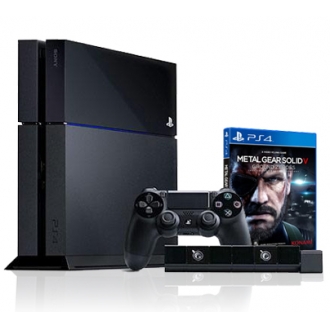 Assassin’s Creed Unity senior producer Vincent Pontbriand has waded into AMD’s console performance saying that his new game’s 900p frame rate and 30 fps target on consoles is a result of weak CPU performance.
Assassin’s Creed Unity senior producer Vincent Pontbriand has waded into AMD’s console performance saying that his new game’s 900p frame rate and 30 fps target on consoles is a result of weak CPU performance.
He said that while the GPUs on the machines are really powerful and the graphics look good, the game was technically CPU-bound and the CPU has to process the AI, the number of NPCs we have on screen. All these systems running in parallel.
Speaking to Hot Hardware, Pontbriand said game designers were quickly bottlenecked and it was a bit frustrating.
“We thought that this was going to be a tenfold improvement over everything AI-wise, and we realised it was going to be pretty hard. It’s not the number of polygons that affect the framerate. We could be running at 100fps if it was just graphics, but because of AI, we’re still limited to 30 frames per second,” he said.
The comments are being seen as damning AMD’s APU. The Jaguar CPU inside both the Sony PS4 and Xbox One has a relatively low clock speed and, while both consoles may offer eight threads on paper, but it appears that games can’t access them.
Pontbriand said that one thread is reserved for the OS and several more cores will be used for processing the 3D pipeline. Between the two, Ubisoft may have only had 4-5 cores for AI and other calculations. This means that the performance is about the same as the last generation of Xbox 360 and PS3 CPUs. In fact these were clocked much faster than the 1.6 / 1.73GHz frequencies of their replacements.
To be fair it is hardly AMD’s fault. Microsoft or Sony could’ve specced out a variant of the core clocked at 2-2.4GHz and boosted total CPU throughput, but they didn’t. The programmable nature of the GCN architecture inside the Xbone and PS4 is meant to compensate for the relatively lightweight core, but AI calculations may simply be beyond this. GPU calculations tend to be high latency, and AI typically requires fast response times.









